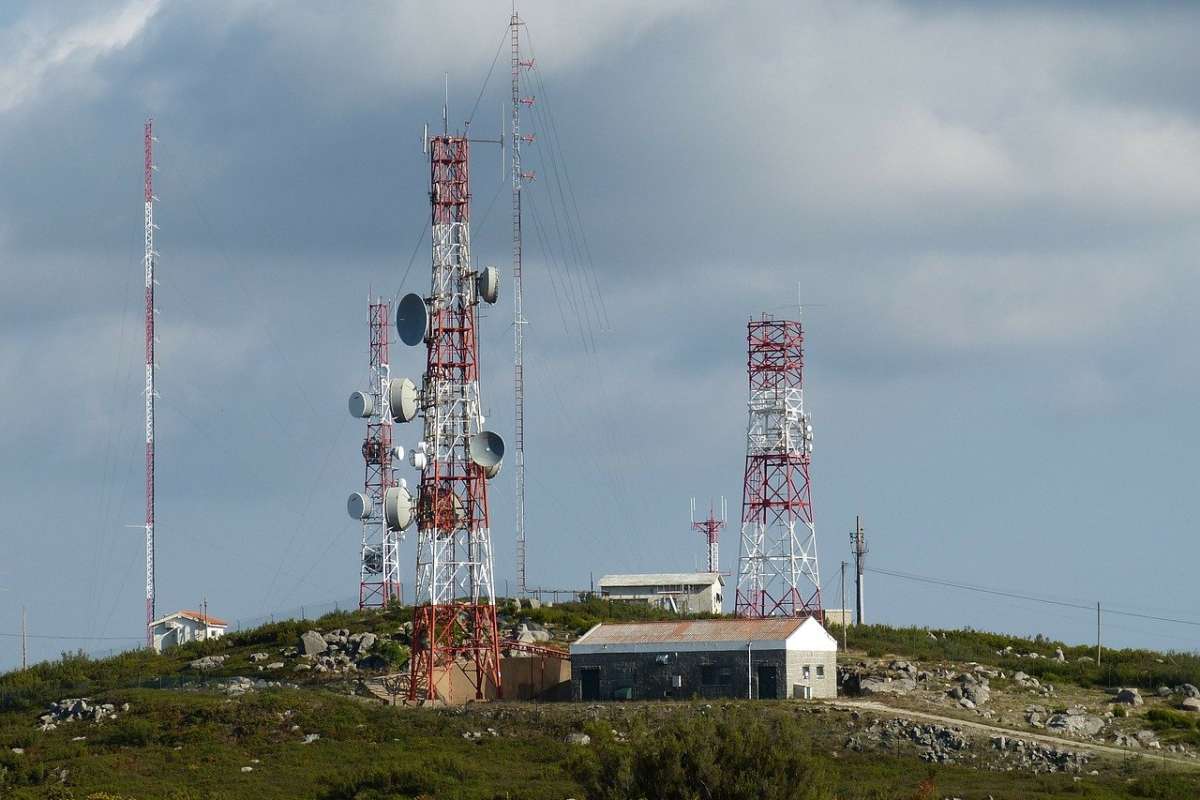
Many think that adoption of 5G will take as long as, or even longer than 4G. But that’s not the case, and the statements made by Heidi Hemmer, VP of Verizon, will help you understand why.
Further, according to the latest Ericsson Mobility Reports, 5G adoption has managed to beat the 4G adoption rate by a huge margin in 2020 despite it being a rough year for the whole world.
So what’s different with 5G, and why will it be adopted at a faster rate than 4G?
One statement from senior VP of product management at Inseego, Adam Gould, that sums up the answer to this question is that 4G was limited to smartphone users, but 5G is for more than that.
Volume Rollout of 5G to be a Challenge and Will Take Time
Even though 5G has a better adoption rate than 4G, it will still take time for the governments and the operators to map out the perfect roll-out strategy globally. Rolling out any generation network in volume has had its challenges, and with 5G, it will be no different.
However, Hiedi said, with the current generation equipment, once the operators can get the equipment in its place, further updates can be done via softwares. Thus, the initial phase of the 5G rollout will take its time, but after that, with the help of softwares, most network settings, upgrades, and more can be managed.
Gould noted that 4G helped users bring their social network to life, but 5G will have a much wider application than that. With the help of high-bandwidth and low-latency networks, the role of the Internet of Things (IoT) products will increase rapidly throughout the globe.
He said that businesses now prefer wireless networks for their operators and want to rely less on the cables. With 5G, all of this is possible.
One of the reports from Ericsson on 5G suggests that by the end of 2026, there will be about 3.5 billion 5G subscriptions sold globally.















